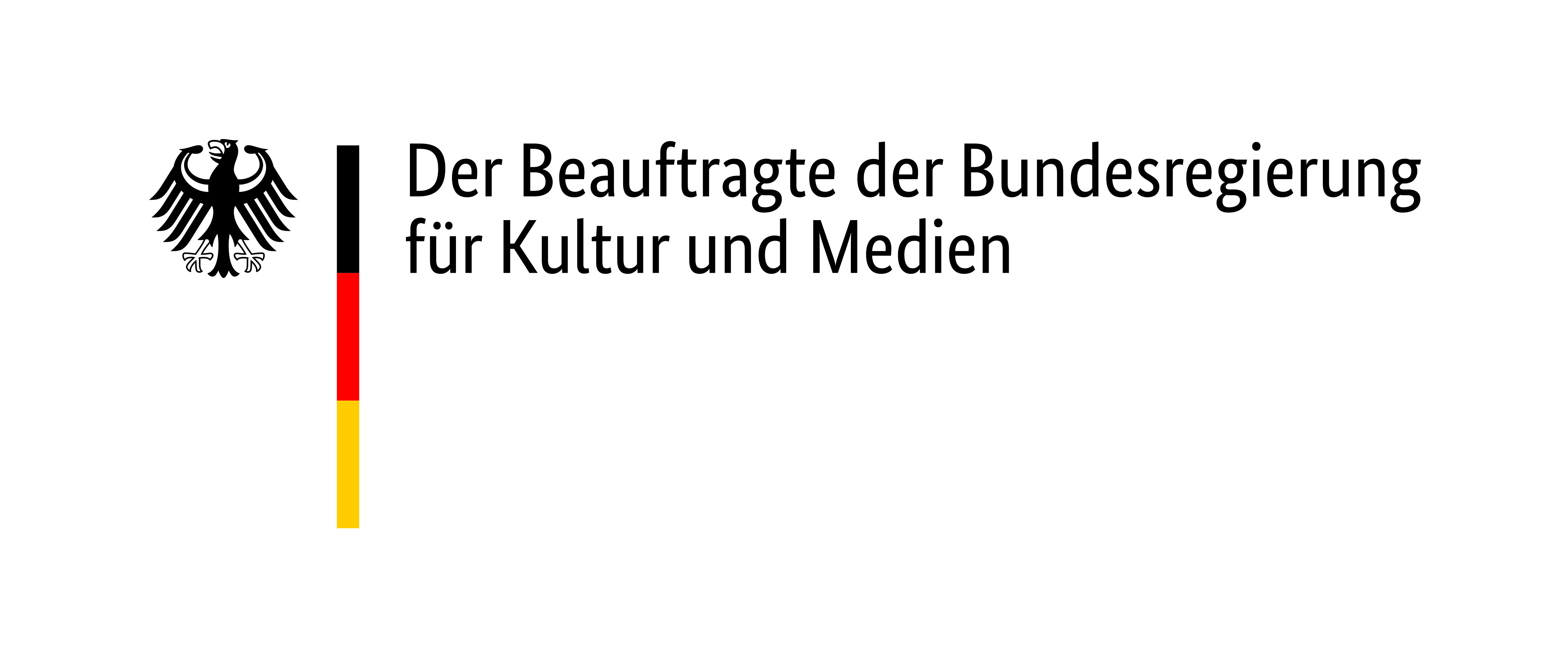
The photos of the workshops were intended to give proof of the efficiency of the production at Ghetto Litzmannstadt. However, some of the pictures clearly reveal the poor state of health of the ghetto inmates.
Photo: Mendel Grosman / Henryk Ross ©Archiwum Państwowe w Łodzi

The ghetto’s production was important to the war effort. Children ten years and older could be taken on as apprentices and thus be protected for some time from deportation to extermination camps.
Photo: Mendel Grosman / Henryk Ross ©Archiwum Państwowe w Łodzi

Even though the workshops of Ghetto Litzmannstadt worked for the Wehrmacht, the Germans did not supply the ghetto with sufficient food. Even after the introduction of public kitchens, people died of hunger every day.
Photo: Mendel Grosman / Henryk Ross
In the ghetto workshops, women, men, and children labored to the point of total exhaustion. These workshops had been set up by Chaim Rumkowski, who had been appointed by the Germans as head of the Jewish administration. In an effort to save at least some of the ghetto inhabitants, he attempted to make the workshop laborers indispensable to the German occupiers by having them fillorders for the Wehrmacht.
The German ghetto administration, however, supplied too little food. As a result, one quarter of the 200,000 people in the Litzmannstadt Ghetto died of hunger and disease. In addition, the SS had the infirm, children under ten, and old people – all classified as "unable to work" – taken to the Kulmhof (Chełmno) extermination camp. In the summer of 1944, Himmler, the chief of the SS, ordered the deportation of the remaining ghetto inhabitants to Auschwitz, sealing the failure of the strategy of survival through work.

©Archiwum Państwowe w Łodzi

©Archiwum Państwowe w Łodzi

List of textiles produced for the "Reichsarbeitsdienst" ("Reich Labor Service").
©Archiwum Państwowe w Łodzi



